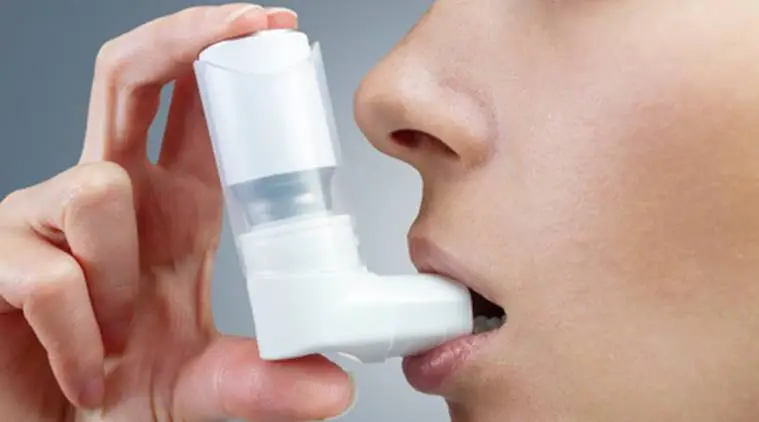Addressing India’s Asthma Crisis: A Call to Action
India’s battle against asthma has reached a critical juncture, with recent reports indicating a concerning rise in global asthma deaths originating from the nation. The latest Global Burden of Disease 2021 Report reveals a staggering statistic: India now accounts for a staggering 46% of global asthma-related fatalities, up from 43% in the previous 2019 report.
Dr. Sundeep Salvi, a leading authority in respiratory health and Director of Pulmocare Research and Education (PURE) Foundation, emphasizes the urgency of the situation. He asserts that with timely diagnosis and proper treatment, asthma-related deaths can be averted. “If diagnosed early and treated properly, no asthmatic should die because we now have treatments that are so effective and safe that one can lead an almost normal life,” Dr. Salvi affirms.
However, a concerning trend surfaces in Dr. Salvi’s recent findings: over 90% of asthmatics in India forego inhaled corticosteroids, opting instead for bronchodilator drugs administered orally or through inhalation. This misguided approach not only exacerbates suffering but also contributes to avoidable fatalities.
Dr. Salvi identifies the lack of widespread usage of inhaled corticosteroids as a primary factor driving India’s disproportionate contribution to global asthma deaths. Despite the availability of effective treatments, misconceptions and inadequate awareness persist, hindering optimal care for asthma patients.
Asthma diagnosis remains a challenge in India, with underutilization of diagnostic tools like Spirometry leading to underdiagnosis. Dr. Salvi underscores the importance of early detection, highlighting the prevalence of asthma among children and the need for proactive intervention.
The Global Asthma Network (GAN) Study underscores the scale of the problem, revealing that a staggering 82% of asthma cases in children remain undiagnosed in India. Even among those with severe asthma, 70% go unrecognized, further emphasizing the need for improved diagnostic practices.
Dispelling prevalent myths surrounding asthma is imperative for fostering better understanding and care. Dr. Salvi emphasizes the necessity of debunking misconceptions, such as asthma being contagious or the notion that inhaled medications are to be avoided.
In advocating for proactive asthma management, Dr. Salvi draws parallels to routine healthcare practices, likening the necessity of inhaled medications to corrective eyewear. Just as glasses preserve eyesight and prevent further deterioration, inhaled medications are essential for maintaining lung health and preventing exacerbations in asthma patients.
In conclusion, addressing India’s asthma crisis demands a multifaceted approach encompassing increased awareness, widespread diagnostic screening, and access to appropriate treatments. By challenging myths, promoting early diagnosis, and advocating for effective therapies, we can strive towards reducing the burden of asthma and ensuring a better quality of life for all affected individuals.















































